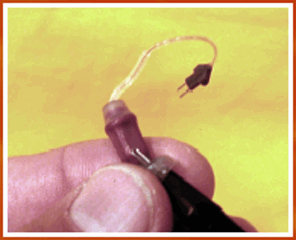Jul. 26, 2011
As last week’s post wound down, HEARx was hurtling toward 200 retail “hearing aid stores,” 14% US marketshare, and multimillion dollar profitability by 1991. They didn’t make it. By 1995, the company was a penny stock (NASDAQ Bulletin Board OTC: EARS) with only 20% of the stores projected for 5 years earlier. HEARx wasn’t nationwide and it wasn’t profitable, although top management continued to pull down










